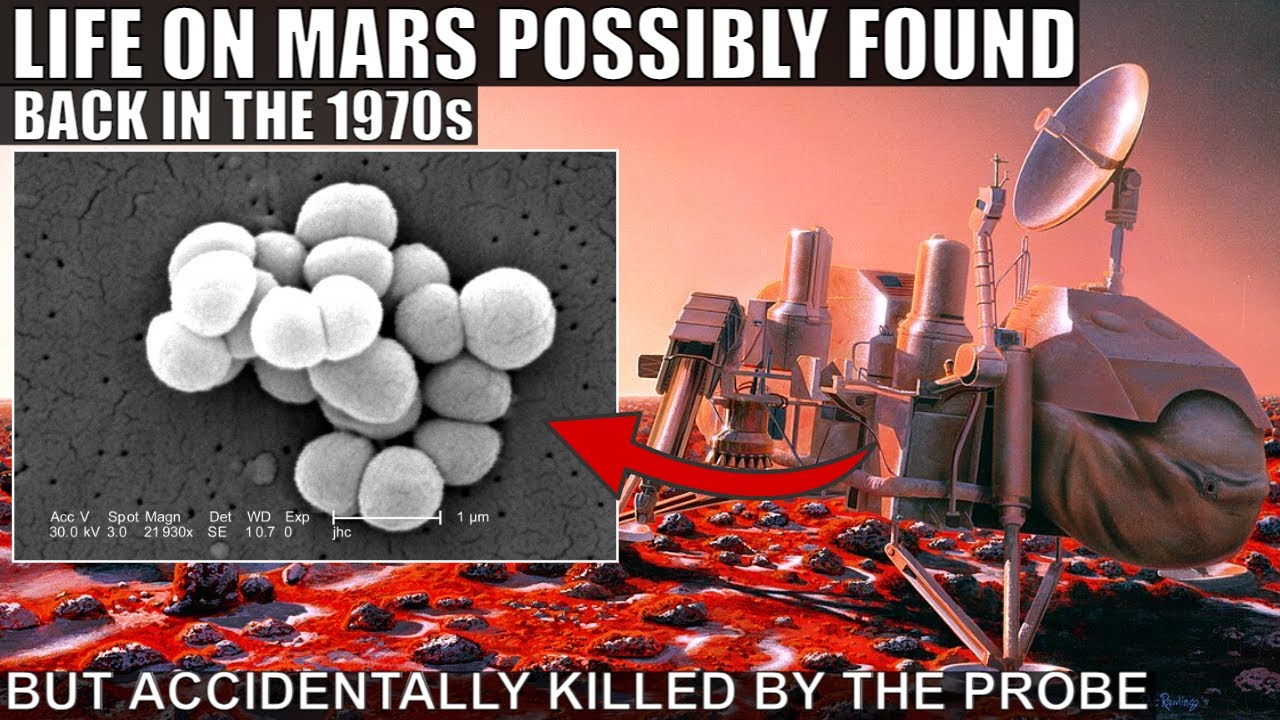Gilbert Levin, principal investigator of the Labeled Release experiment carried to Mars by the two Viking landers in 1976, believed the experiment had detected life according to the protocol established before launch, and continued to argue over the rest of his life that biological metabolism was the most probable explanation for the results obtained from the experiment, including a 2012 paper, “Complexity Analysis of the Viking Labeled Release Experiments” (full text at link). Here is the abstract.
The only extraterrestrial life detection experiments ever conducted were the three which were components of the 1976 Viking Mission to Mars. Of these, only the Labeled Release experiment obtained a clearly positive response. In this experiment ^{14}C radiolabeled nutrient was added to the Mars soil samples. Active soils exhibited rapid, substantial gas release. The gas was probably CO_2 and, possibly, other radiocarbon-containing gases. We have applied complexity analysis to the Viking LR data. Measures of mathematical complexity permit deep analysis of data structure along continua including signal vs. noise, entropy vs.negentropy, periodicity vs. aperiodicity, order vs. disorder etc. We have employed seven complexity variables, all derived from LR data, to show that Viking LR active responses can be distinguished from controls via cluster analysis and other multivariate techniques. Furthermore, Martian LR active response data cluster with known biological time series while the control data cluster with purely physical measures. We conclude that the complexity pattern seen in active experiments strongly suggests biology while the different pattern in the control responses is more likely to be non-biological. Control responses that exhibit relatively low initial order rapidly devolve into near-random noise, while the active experiments exhibit higher initial order which decays only slowly. This suggests a robust biological response. These analyses support the interpretation that the Viking LR experiment did detect extant microbial life on Mars.
Since 1976, a great deal has been discovered about extremophile organisms on Earth, including those that thrive in very dry environments rich in chlorine compounds and peroxides as found on the Martian surface. Intriguingly, some of these microbes are also tolerant of very cold temperatures, but can be killed by exposure to high concentrations of water, which were supplied by the Viking experiments.
For more details, see this Big Think paper by Dirk Schulze-Makuch.
